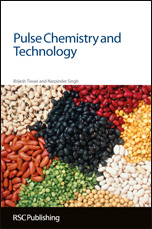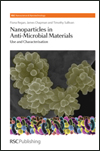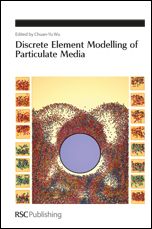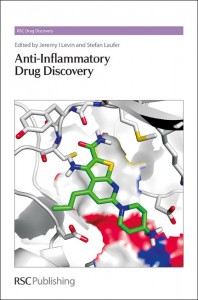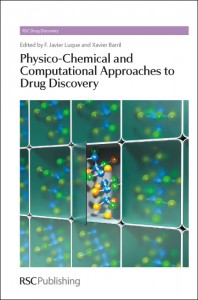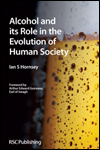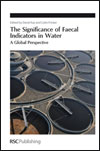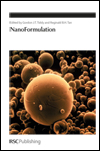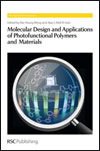 Photofunctional materials hold great promise for energy and optoelectronic/photonic applications. To design useful materials with specific functional roles we need to understand the different methods of synthesis available.
Photofunctional materials hold great promise for energy and optoelectronic/photonic applications. To design useful materials with specific functional roles we need to understand the different methods of synthesis available.
In this timely book, Molecular Design and Applications of Photofunctional Polymers and Materials, leading experts in the field provide a critical perspective of the current field, with emphasis on fundamental concepts and current uses.
Shed light on the subject – access the content now.
Interested in polymer research? Find further books in the RSC Polymer Chemistry Series.











